Art
Art Exhibit Cancelled After State College of Florida Wants Words ‘Diversity’ and ‘Inclusion’ Banned – ARTnews
Embracing Our Differences, an arts and education non-profit, announced this week that it cancelled a scheduled art exhibit due to be staged on the Manatee-Sarasota campus of the State College of Florida this April.
Since 2003, the organization has put on an annual exhibit in Sarasota’s Bayfront Park and, for the non-profit’s 20th anniversary this year, their annual exhibition was going to travel for the first time. Its third stop on tour would be to SCF, which began talks with the organization early last year.
But, earlier this month, officials from the university approached the non-profit to inform them that it wanted the words “diversity” and “inclusion” excised from the exhibit, Sarah Wertheimer, executive director of Embracing Our Differences, told ARTnews.
“But promoting those values is literally the goal of our organization,” Wertheimer said.
Embracing Our Differences typically uses billboards, whose art and photographs are sourced through international submissions, to teach about diversity and inclusion.
While negotiating the terms of the exhibit, SCF requested that pieces in the exhibit be put up for discussion in case the works were triggering or difficult for their students. The university said it was especially concerned about student-veterans who suffer from PTSD, according to Wertheimer. Embracing Our Differences agreed and, in turn, asserted that if the integrity of the exhibit was in jeopardy, it had the right to cancel the exhibit at the Manatee-Sarasota campus. The non-profit also brought a child and adult psychologist on their board in order to prevent any potentially damaging work from being shown.
Then, according to Wertheimer, in early February, after art was selected, an SCF spokesperson called to raise concerns about the use of “diversity” and “inclusion” in the show, particularly in one piece that has a quotation at the bottom, submitted by a 5th grader from India, that reads: “Diversity and inclusion are like the needle and thread that stitch together the harmonious fabric of peace for humankind.”
“I asked if this was up for discussion, but they were firm that they wanted these pieces removed,” said Wertheimer. “So we knew we needed to stand strong and not let our artists be censored.”
Though the non-profit pulled the show from SCF, it will still be available to view at other locations and the K-12 schools that were planning field-trips to the exhibit will still be able to do so, though it may now be a bit more difficult for those in Manatee County. Tens of thousands of school children visited last year’s exhibition, according to the non-profit’s website.
Wertheimer added that the day the non-profit got the call was the same day that Florida Governor Ron DeSantis spoke at the campus about his new proposed legislation that will eliminate funding for diversity, equity and inclusion initiatives.
DeSantis’s office has said it believes DEI initiatives to be a tactic “of liberal elites who suppress free thought in the name of identity politics and indoctrination,” according to a recent press release. That proposed legislation has not yet been passed into law.
SCF did not respond to multiple requests for comment.
Art
Turner Prize: Shortlisted artist showcases Scottish Sikh community
|
|
Turner Prize shortlist includes art showcasing Scottish Sikh community
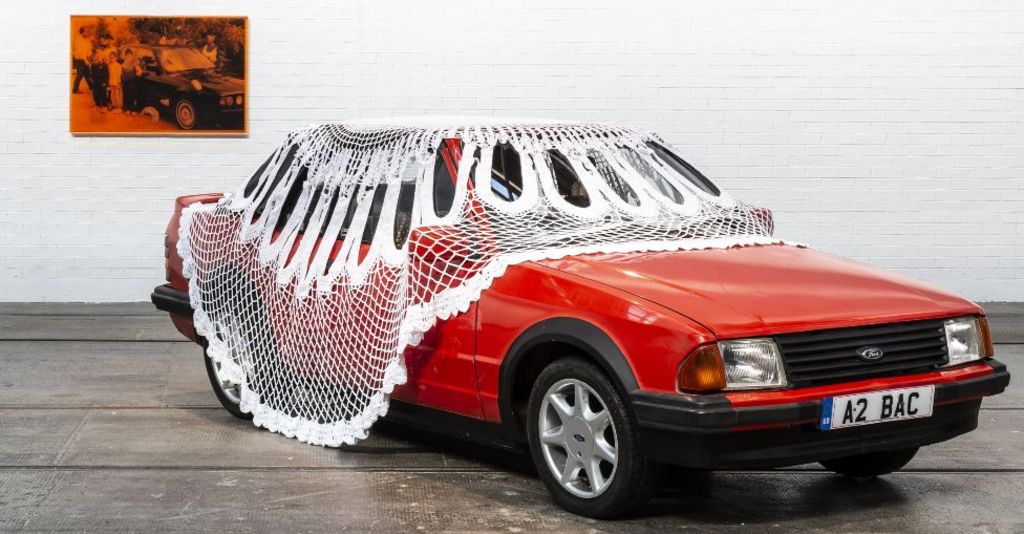

A Scottish artist who uses cars, worship bells and Irn-Bru in her work is among the nominees for this year’s Turner Prize.
Glasgow-born Jasleen Kaur’s work reflects her life growing up in the city’s Sikh community.
She is up for the prestigious art award, now in its 40th year, alongside Pio Abad, Claudette Johnson and Delaine Le Bas.
Turner Prize jury chairman Alex Farquharson described it as a “fantastic shortlist of artists”
Works by the nominated artists will go on show at London’s Tate Britain gallery from 25 September.
They will receive £10,000 each, while the winner, to be announced on 3 December, will get £25,000.
In a statement, Farquharson said: “All four make work that is full of life.
“They show how contemporary art can fascinate, surprise and move us, and how it can speak powerfully of complex identities and memories, often through the subtlest of details.
“In the Turner Prize’s 40th year, this shortlist proves that British artistic talent is as rich and vibrant as ever.”
The shortlisted artists are:
Pio Abad
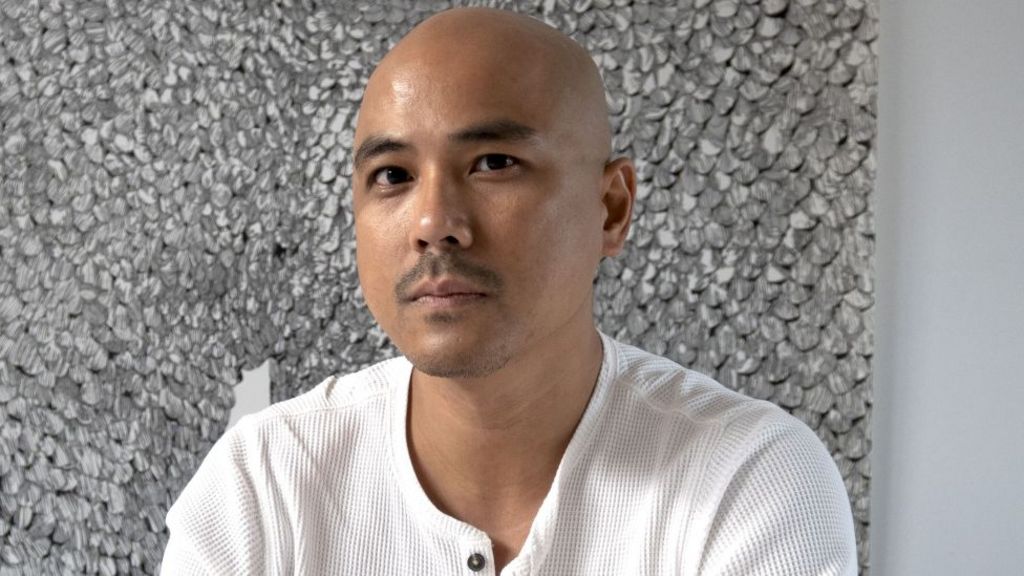

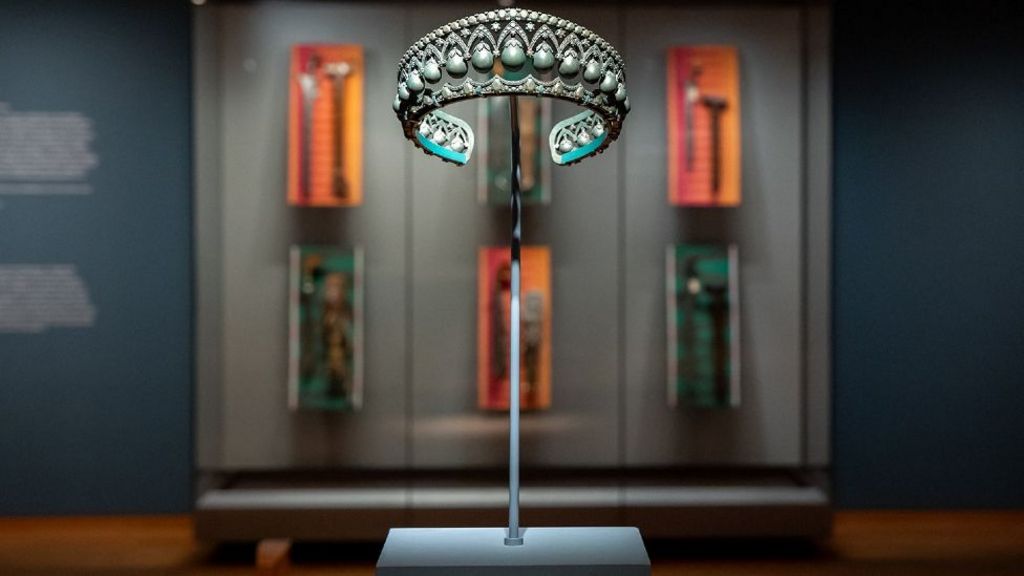

Manila-born Abad’s solo exhibition To Those Sitting in Darkness at the Ashmolean Museum in Oxford included drawings, etchings and sculptures that combined to “ask questions of museums”, according to the jury.
The 40-year-old, who works in London, reflects on colonial history and growing up in the Philippines, where his parents struggled against authoritarianism.
The title of his exhibit is a nod to Mark Twain’s 1901 essay To the Person Sitting In Darkness, which hit out at imperialism.
Jasleen Kaur
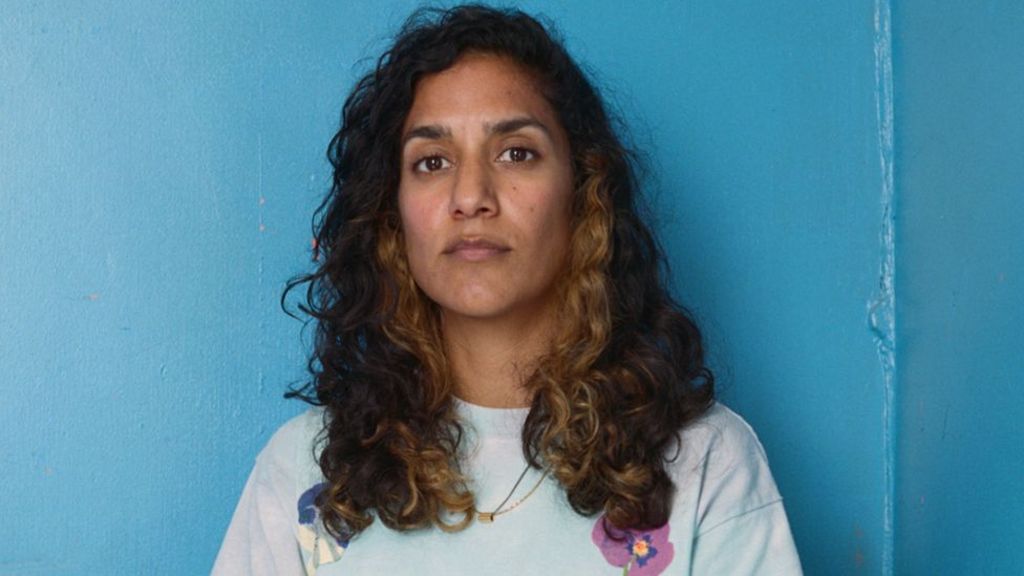

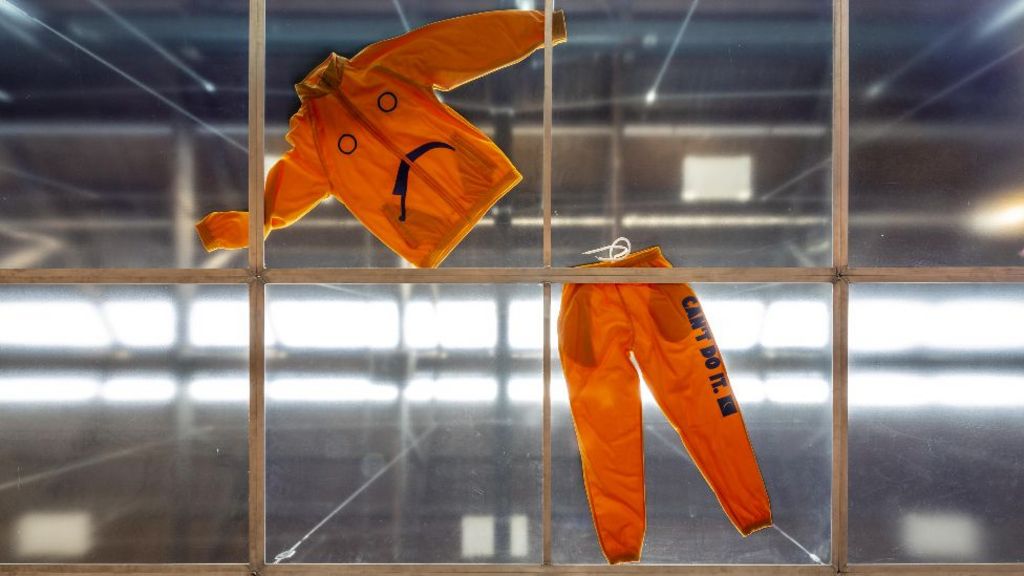

Kaur is on the list for Alter Altar at Tramway, Glasgow, which included family photos, an Axminster carpet, a classic Ford Escort covered in a giant doily, Irn-Bru and kinetic handbells.
The 37-year-old, who lives in London, had previously showcased her work at the Victoria and Albert Museum by looking at popular Indian cinema.
Delaine Le Bas
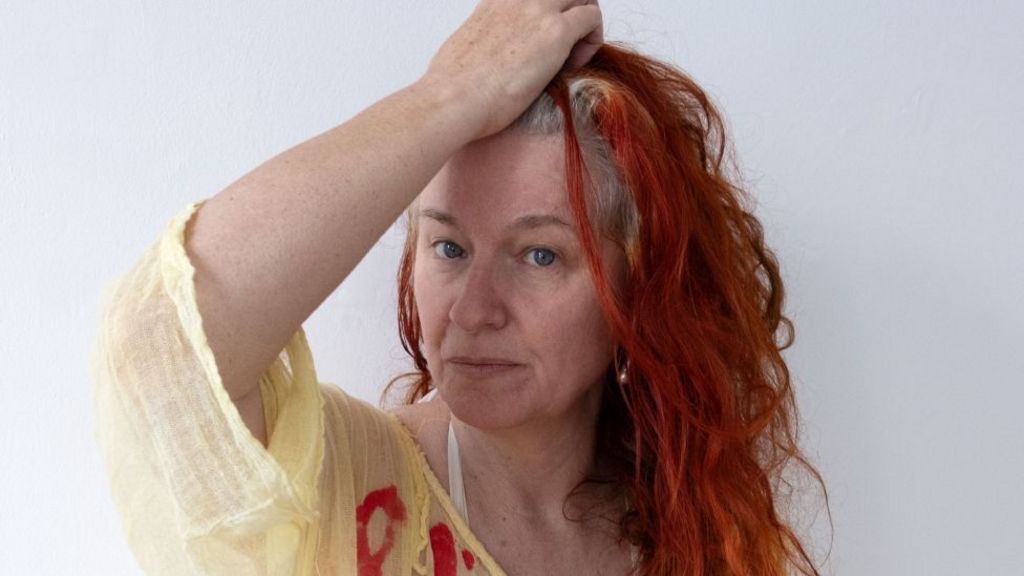



Worthing-born Le Bas is nominated for an exhibition titled Incipit Vita Nova. Here Begins The New Life/A New Life Is Beginning. Staged at the Secession art institute in Vienna, Austria, it saw painted fabrics hung, with theatrical costumes and sculptures also part of the exhibit.
The 58-year-old artist was inspired by the death of her grandmother and the history of the Roma people.
The jury said they “were impressed by the energy and immediacy present in this exhibition, and its powerful expression of making art in a time of chaos”.
Claudette Johnson
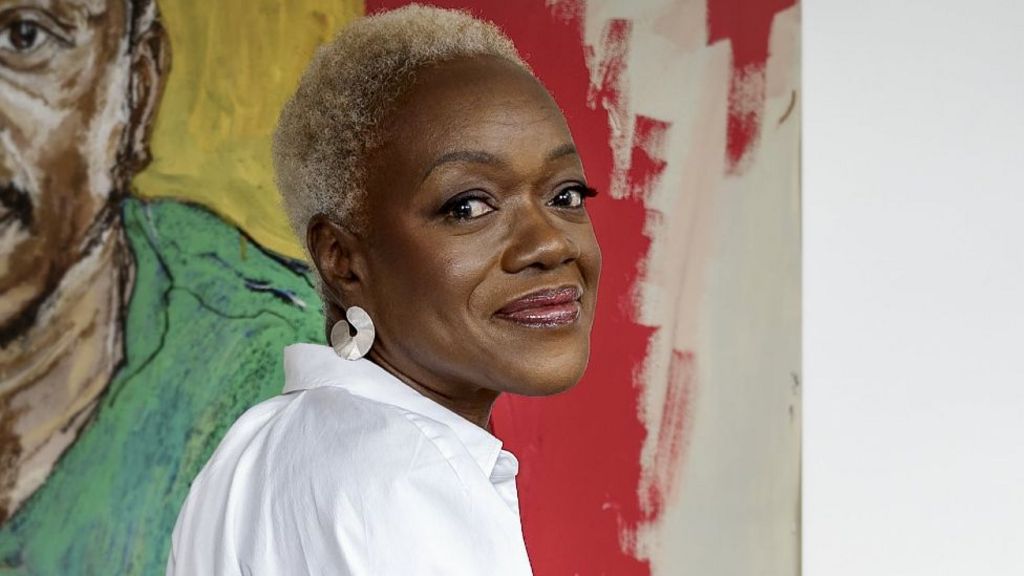

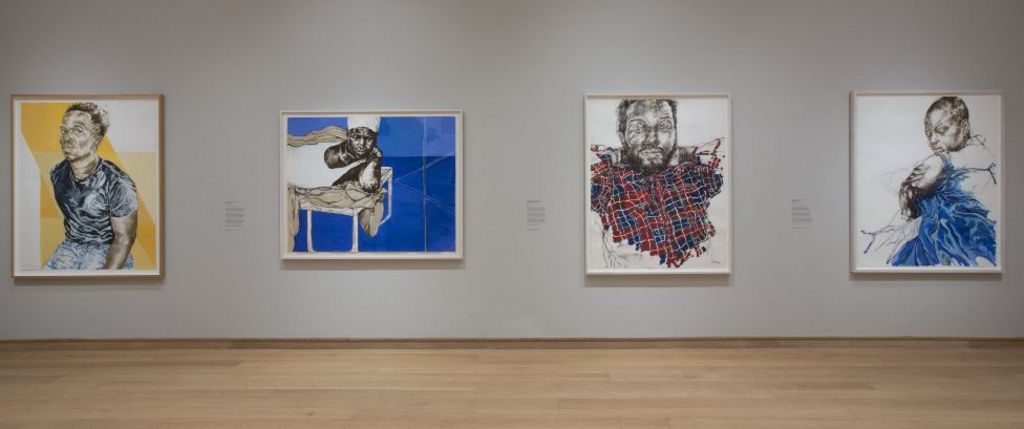

Manchester-born Johnson has been given the nod for her solo exhibition Presence at the Courtauld Gallery in London, and Drawn Out at Ortuzar Projects, New York.
She uses portraits of black women and men in a combination of pastels, gouache and watercolour, and was praised by the judges for her “sensitive and dramatic use of line, colour, space and scale to express empathy and intimacy with her subjects”.
Johnson, 65, was appointed an MBE in 2022 after being named on the New Year Honours list for her services to the arts.





Art
Claudette Johnson’s art for Cotton Capital nominated for Turner prize
|
|
Claudette Johnson has been nominated for this year’s Turner prize for her work, which includes a portrait of the African-American slavery abolitionist Sarah Parker Remond commissioned as part of the Guardian’s award-winning Cotton Capital series.
Pio Abad, Johnson, Jasleen Kaur and Delaine Le Bas will compete for the £25,000 prize, while the nominated artists will each collect £10,000 as the prize returns to Tate Britain for the first time in six years.
Colonialism, migration, nationalism and identity politics are the key themes running through the 40th edition of the Turner prize, which the jury described as showing contemporary British art “is appealing and dynamic as ever”.
Alex Farquharson, the director of Tate Britain and chair of the Turner prize jury, said this year’s nominees were exploring ideas of identity and would be exhibited from 25 September, before the jury’s final choice.
He said: “This year’s shortlisted artists can be broadly characterised as exploring questions of identity, autobiography, community and the self in relation to memory, or history or myth.”
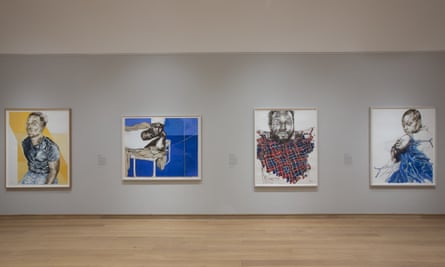

The Turner prize, regarded as one of the art world’s most prestigious awards, is presented to an artist born or working in Britain for an outstanding exhibition or presentation of their work over the previous year.
Abad was nominated for his solo exhibition To Those Sitting in Darkness at the Ashmolean Museum in Oxford, with the jury commenting on the “precision and elegance” of his work, which takes its title from a Mark Twain poem of a similar name that critiques American imperialism the Philippines, his homeland.
The show also contains references to the Benin Bronzes, after Abad discovered that the punitive expedition of 1897 – during which British troops sacked Benin City and looted thousands of objects, of which about 900 are in the British Museum’ – set off from his home, Woolwich, in south London.
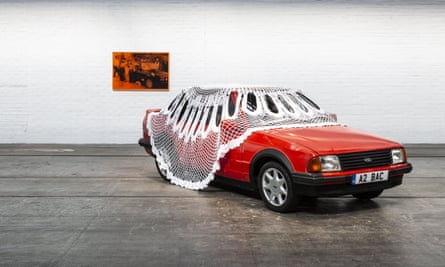

Johnson was nominated for her solo Presence exhibition at the Courtauld Gallery, which the Guardian said “brilliantly questions depictions of non-white figures by such revered painters as Gauguin and Picasso”. She was also recognised for her New York show, Drawn Out, at Ortuzar Projects, which included her Redmond portrait.
She is the latest black female artist who emerged in the Black Art Movement of the 1980s to be recognised by the Turner prize, following in the footsteps of Lubaina Himid (2017 winner) and Veronica Ryan (2022), while Ingrid Pollard and Barbara Walker have both been nominated.
The jury said Johnson had been nominated because of the “renewal of her practice”, after she stopped making work in the 1990s, and the fact she was still “taking risks and trying new forms of practice”.
Kaur’s work in the exhibition Alter Altar, which was shown at Tramway in Glasgow, features sculptures and soundscapes, including a red Ford Escort covered in a huge doily, which references her father’s first car and ideas of migration and belonging in Britain.
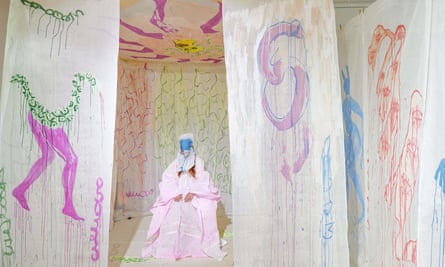

Kaur grew up in Glasgow’s Sikh community in Pollokshields, and the jury said the exhibition was a breakout show that was “generous, celebratory, moving and alive to timely issues, speaking imaginatively to how we might live together in a world increasingly marked by nationalism, division and social control”.
Le Bas’s work, shown at the Vienna Secession exhibition, was described as a “response to social and political turmoil” and includes immersive performance art with theatrical costumes and sculptures.
Farquharson said there was a chance the show may travel to Bradford during its City of Culture year, following the precedent set by Coventry, which hosted the awards in 2021, although that was still “to be confirmed”.





Art
The unmissable events taking place during London’s Digital Art Week
|
|
From W1 Curates’ immersive digital projections to HOFA Gallery’s curated AI artwork showcase, don’t miss out on these stunning events during London’s Digital Art Week.
Digital Art Week is here!
Throughout the week, Londoners will have the opportunity to immerse themselves in digital art across the capital, from prestigious galleries to outdoor spaces, iconic music venues, and over 100 digital billboards.
A multitude of outdoor billboard locations, including Piccadilly Circus, will be transformed for the event, bringing digital art into the public eye and making it accessible to all. In total, works from over 120 leading artists will be showcased.
“We are thrilled to be back in London for Digital Art Week. This year will be the biggest iteration of the movement that we have ever produced. This year we are using the fabric of the city to showcase more than 120 artists across a wide variety of venues and artistic mediums,” says Digital Art Week CEO and founder Shaina Silva.
With so much happening, here’s a simple guide to some of the events you won’t want to miss:
‘New Beginnings’ at HOFA Gallery
When? – Thursday, 25 April, 6pm-9pm.
Where? – HOFA Gallery, 11 Bruton Street, London, W1J 6PY.
London’s HOFA Gallery, situated on Bruton Street, has curated an exceptional exhibition titled ‘New Beginnings,’ showcasing artists who are at the forefront of integrating artificial intelligence into their creative processes.
Among the featured artists in their showcase, titled ‘New Beginnings’, is Niceaunties, a Singapore-based architect and AI artist who draws inspiration from her cultural heritage to explore themes of aging, personal freedom, and everyday life through generative AI and digital art.
Also included is Sougwen 愫君 Chung, a Chinese-Canadian artist whose piece “MEMORY (Drawing Operations Unit: Generation 2)” made history as the first AI model acquired by London’s V&A museum, as well as digital artist, Agoria, known for his avant-garde BioGenArt.
W1 Curates immersive galleries
When? – During the whole of Digital Art Week.
Where? – 167 Oxford Street, London, W1D 2JP.
W1 Curates, a public art platform situated in the heart of London’s iconic Oxford Street, is hosting a series of free cutting-edge events during Digital Art Week.
These events will feature some of the world’s leading digital artists, including Beeple and Andrés Reisinger.
Here’s the schedule:
Six N Five – Tuesday, 23 April, 8pm-9pm.
GMUNK – Thursday, 25 April 8pm-9pm.
Lost Souls of Saturn – Friday, 26 April, 8pm-9pm.
Ash Thorpe – Friday, 26 April, 8pm-9pm.
Beeple – Saturday, 27 April, 8pm-9pm.
Andrés Reisinger – Sunday, 28th April, 8pm-9pm.
Krista Kim presented on Outernet’s four storey LED screen
When? – Friday, 26 April, 9am till late.
Where? – Charing Cross Rd, London, WC2H 8LH.
TAEX is presenting Canadian-Korean contemporary artist Krista Kim’s “Continuum” collection, an awe-inspiring visual meditation that will be showcased on Outernet’s four-storey LED screen.
Kim’s Rothko-inspired artwork, created from LED light photography and cutting-edge software, offers vibrant colourscapes that aim to elevate consciousness and inspire positivity in the digital realm.
Also, you can look forward to the soothing sounds of electronic group Ligovskoï, whose healing frequency music complements Kim’s mesmerising visuals.
But Kim isn’t the only artist on display at Outernet. You can also catch AMIANGELIKA / Ouchhh (23 April), Zach Lieberman (24 April), Jesse Woolston (25 April), and Sasha Stile (27 April).
‘Daata’ at Shoreditch Arts Club
When? – Thursday, 25 April, 7pm-11pm
Where? – Shoreditch Arts Club, 6 Redchurch Street, London.
If you enjoy cocktails, reggae music and trippy, surreal digital animations then this could be the event for you.
Shoreditch Arts Club, in collaboration with their long-time moving image partner Daata, is hosting a party to celebrate Digital Art Week. Visitors can expect to experience mesmerising digital artworks on screens, accompanied by the legendary sounds of reggae DJ Manasseh.
The evening will showcase The Rockers Uptown – The Shoreditch Version, a curated playlist of commissioned video animations handpicked by Daata’s founder David Gryn. Featuring works by esteemed artists such as George Barber, Phillip Birch, and many more, this event promises to be an immersive journey into a surreal world of digital art.





-



 Health17 hours ago
Health17 hours agoRemnants of bird flu virus found in pasteurized milk, FDA says
-
Art23 hours ago
Mayor's youth advisory council seeks submissions for art gala – SooToday
-



 Health21 hours ago
Health21 hours agoBird flu virus found in grocery milk as officials say supply still safe
-
Art18 hours ago
Random: We’re In Awe of Metaphor: ReFantazio’s Box Art
-
News14 hours ago
Amid concerns over ‘collateral damage’ Trudeau, Freeland defend capital gains tax change
-



 Investment22 hours ago
Investment22 hours agoTaxes should not wag the tail of the investment dog, but that’s what Trudeau wants
-
News22 hours ago
Peel police chief met Sri Lankan officer a court says ‘participated’ in torture – Global News
-
Art23 hours ago
An exhibition with a cause: Montreal's 'Art by the Water' celebrates 15 years – CityNews Montreal





